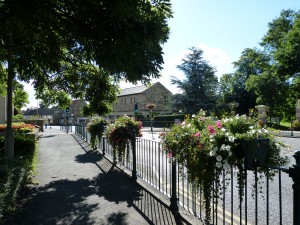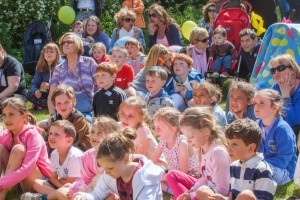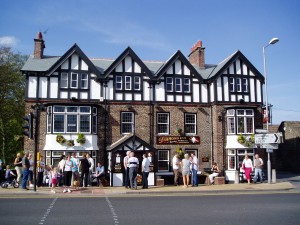What is a Community Partnership?
Partnerships are – in the broadest sense – connections between and among people and groups to share interests, concerns and create visions for the future.
Historically, partnerships have been formed to educate, open discussion and address and solve problems among all parties involved and affected as well as stakeholders in all parts of the problems/issues and solutions.
What is the Ponteland Community Partnership?
A group of like minded volunteers who also represent local groups or organisations who share a common idea to identify and improve the quality of life in Ponteland.
When did it start?
The Ponteland Community Partnership started in the early 2004 and was set up under the Local Government Act of 2000 at a time when Ponteland was part of Castle Morpeth Borough Council.
Which organisations work with the Ponteland Community Partnership?
Ponteland Town Council
Ponteland Civic Society
Ponteland Neighbourhood Plan Steering Group
Ponteland U3A
Ponteland Ageing Well
Ponteland Local History Society
What are we trying to do?
- To identify activities and projects for those who live or work in Ponteland that will improve their quality of life no matter what their age.
- To access funding to provide for these activities or projects.
Background to Community Partnerships
Partnerships in the community abound in the professional literature of social work, adult education, and basic literacy education, religious or church work and among governing entities to name just a few environments. Partnerships are – in the broadest sense – connections between and among people and groups to share interests, concerns and create visions for the future.
education, and basic literacy education, religious or church work and among governing entities to name just a few environments. Partnerships are – in the broadest sense – connections between and among people and groups to share interests, concerns and create visions for the future.
Historically, partnerships have been formed to educate, open discussion and address and solve problems among all parties involved and affected as well as stakeholders in all parts of the problems/issues and solutions.
Partnerships are created when:
- there appears to be no one person or group responsible for the issue;
- it doesn’t seem possible to solve the problem or address the situation by just one group – due to magnitude, lack of knowledge or amorphic nature of the issue;
- the cost of solving the problem or addressing the issue is too costly for one group to address; and/or,
- it is important to have a large number of people involved to inform, and buy-in to the process.
The best partnerships are those (either formal or informal) that:
- Have an organisation or a
 structure to them.
structure to them. - Have a vision, mission, and goals
- Are designed to change as issues evolve and problems are solved
- Find ways to involve people face-to-face but make maximum use of emerging and existing technologies
- Build in a sustained maximum activity and involvement by stakeholders and other participants
- Provide necessary plans such as business, marketing and communication plans
- Promise and produce a product or results which benefits all group/process members
- Design an active and interactive initial learning period and maintain ongoing learning for stakeholders and participants
- Establish and maintain effective communication and ongoing dialog


